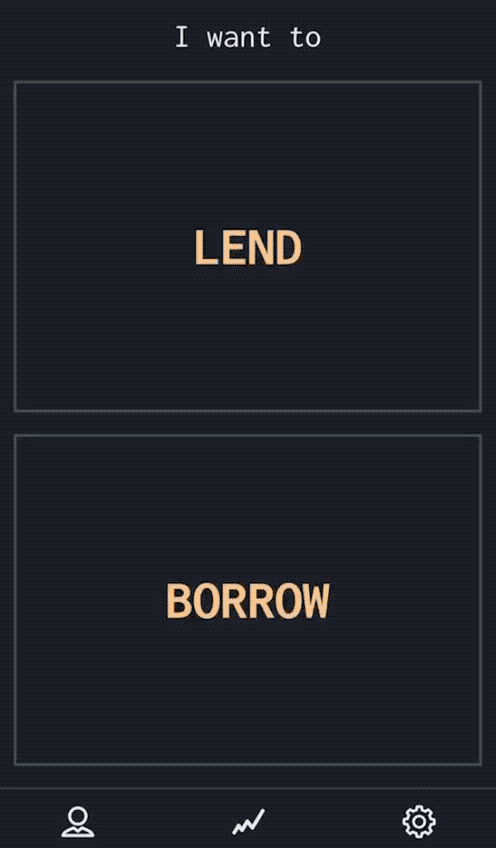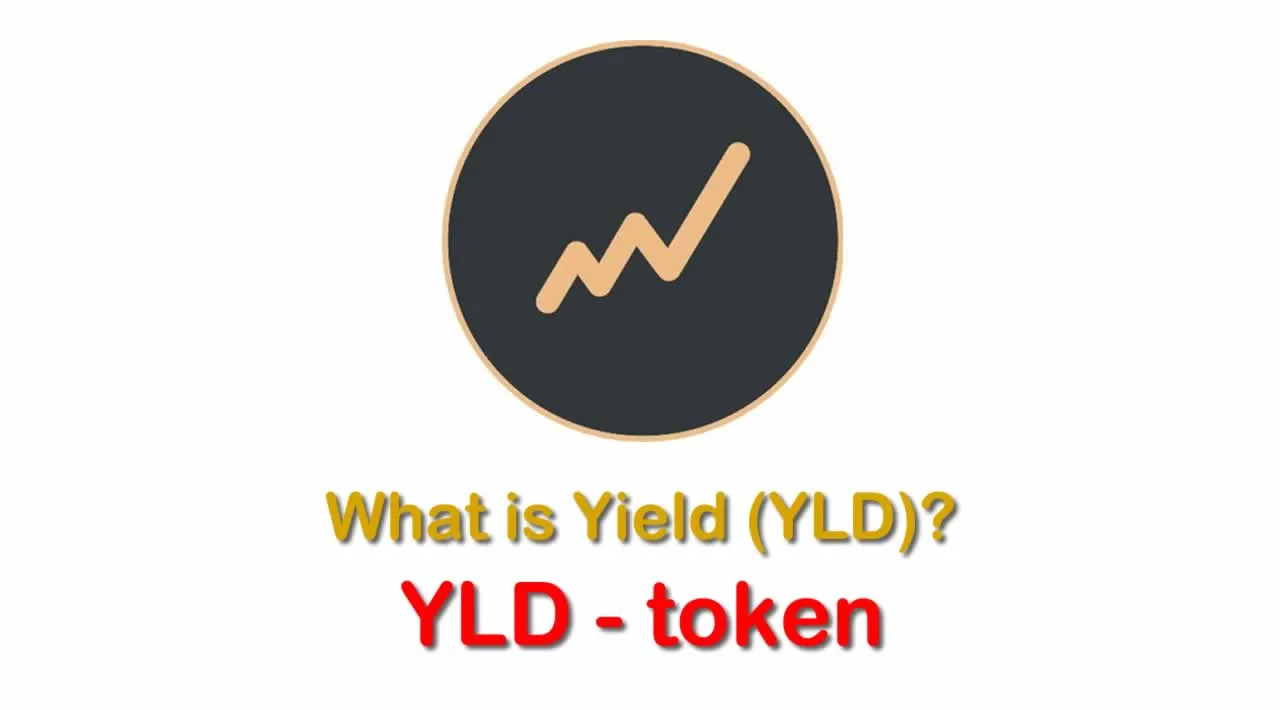What is Yield (YLD) | What is Yield token | What is YLD token
In this article, we’ll discuss information about the project Yield and YLD token
Yield?
Yield is a P2P — no need to worry about yet another set of representation pseudo-tokens — lending dapp. What sets it apart from virtually every other defi lending app out there is that not only is lending incentivized as always, but so too is borrowing. No longer will you have to successfully manage your loan to term yet earn nothing for your trouble. This helps not only the lenders and borrowers of non-stable assets like ETH but also, and perhaps especially, the borrowers of stable assets like DAI and USDC.
Say SpongeBob puts up a borrow request for $1,000 worth of BAT, overcollateralized with $1,350 worth of ETH @ 2% interest for 45 days. Squidward quickly funds expecting interest when it’s due and as expected, a couple weeks later, SpongeBob repays Squidward $1,020 (principal + interest). Normally, that would be that — Squidward gets his principal back + interest and SpongeBob, well, all he’d get is his collateral back. With Yield, SpongeBob would be able to claim 10 YLD and, assuming he does the smart thing (as always) selling them for more than his total expenses, he could possibly end up as well, if not better, off as Squidward.
Increasing the YLD reward he can claim is simple:
- Borrowing $1,000 worth of BAT @ 5% interest would yield 40 YLD
- Borrowing $5,000 worth of BAT @ 2% interest would instead yield 50 YLD
Two levers any borrower is free to exercise — increase either the interest to be paid or the principal requested and you increase the reward you can claim. Before freaking out about the existence of a token…
Another Token? And Hyperinflation?!
Like many other defi apps, Yield has (for lack of a better term) fees that are levied on both borrowers and lenders. The fees in Yield would exist regardless of any token (although the project likely wouldn’t since the point is to balance the lender–borrower relationship by compensating borrowers for taking on market inefficiencies and using said compensation to eventually facilitate what some would say is the holy grail — undercollateralized loans). This is because, as the creators of the dead P2P Dharma lending protocol have learned, free is neither a business nor bootstrapping model especially in a competitive market and more so if you are beholden to some VCs who will eventually come knocking. Said fees also disincentivize certain malicious actions and freeloading. The question then becomes what to do with those fees when you:
- don’t actually want the fees and want to ensure that, unlike in other platforms, users get back all of the value they put in in some form
- understand the folly of “build it and they will come” and have to deal with the realities of bootstrapping a new project in a fairly competitive market, and one that involves a P2P market
With the entire point of the project revolving around the token and how it modulates the incentives of lenders and especially borrowers, and the existence of necessary platform “fees”, the answer to the above questions is obvious — 100% of said fees is used to burn YLD, and at a rate that is more aggressive than most, if not all, other implementations. As a quick comparison using the figures from Aavewatch, there is currently $12.9M sloshing around in the protocol but only $10.7K has been generated for burning. The same amount in Yield would result in no less than $128.7K for burning.
To deal with inflation, there is a limit of 350 YLD per loan so the Pearl Krabses of the world, despite being impressively large whales, cannot simply dump all their ETH into the system in one fell swoop and hyper-inflate it to death. This limit together with the burn explained above, as well as others that will be expanded upon in future articles keep the inflation rate relatively tame.
Starting out, YLD enables these utilities:
- cutting 25% off their user fees
- increasing the YLD per loan borrowers can claim
- reducing the collateral liquidation ratios (the difference between active and defaulted is often less than a percent)
Some may have noticed an unspoken utility of sorts in that it further incentivizes borrowers, separate from the fear of being liquidated, to manage their loans to term unlike every other platform that simply relies on hopefully swift liquidation if the collateralization ratio falls too low. It’s not too hard to see how this utility gets supercharged in the event undercollateralized loans become a reality.
Wen Mainnet?

Sneak peek; BETA = YLD
That’s right! You won’t have to wait umpteen months to use Yield to earn yield. The incentivized private beta is currently ongoing and the kinks smoothed out. If it isn’t obvious already, Yield has a token, YLD, and tokens need to be distributed. There will be no ICO, IEO, or some-such but rather an airdrop of ~1M YLD, to add to a starting supply of 1M YLD.
How and Where to Buy Yield (YLD) – An Easy Step by Step Guide
Yield (YLD) is available to trade on Uniswap pools
Currently, YLD is being ranked 2639 on Coinmarketcap and has recently surged a hefty 61.32% at the time of writing.
YLD has been listed on a number of crypto exchanges, unlike other main cryptocurrencies, it cannot be directly purchased with fiats money. However, You can still easily buy this coin by first buying Bitcoin from any large exchanges and then transfer to the exchange that offers to trade this coin, in this guide article we will walk you through in detail the steps to buy YLD.
You will have to first buy one of the major cryptocurrencies, usually either Bitcoin (BTC), Ethereum (ETH), Tether (USDT)… We will use Binance here as it is one of the largest crypto exchanges that accept fiat deposits.
Binance is a popular cryptocurrency exchange which was started in China but then moved their headquarters to the crypto-friendly Island of Malta in the EU. Binance is popular for its crypto to crypto exchange services. Binance exploded onto the scene in the mania of 2017 and has since gone on to become the top crypto exchange in the world.
Once you finished the KYC process. You will be asked to add a payment method. Here you can either choose to provide a credit/debit card or use a bank transfer. You will be charged higher fees when using cards but you will also make an instant purchase. While a bank transfer will be cheaper but slower, depending on the country of your residence.
Step by Step Guide ☞ What is Binance | How to Create an account on Binance (Updated 2021)
Next step Transfer your cryptos to an Altcoin Exchange
Since YLD is an altcoin we need to transfer our coins to an exchange that YLD can be traded. Below is a list of exchanges that offers to trade YLD in various market pairs, head to their websites and register for an account.
Once finished you will then need to make a BTC/ETH/USDT deposit to the exchange from coinbase depending on the available market pairs. After the deposit is confirmed you may then purchase YLD from the exchange view.
Exchange: Sushiswap YLD/WETH
Apart from the exchange(s) above, there are a few popular crypto exchanges where they have decent daily trading volumes and a huge user base. This will ensure you will be able to sell your coins at any time and the fees will usually be lower. It is suggested that you also register on these exchanges since once YLD gets listed there it will attract a large amount of trading volumes from the users there, that means you will be having some great trading opportunities!
Top exchanges for token-coin trading. Follow instructions and make unlimited money
☞ Binance ☞ Bittrex ☞ Poloniex ☞ Bitfinex ☞ Huobi ☞ MXC ☞ ProBIT ☞ Gate.io ☞ Coinbase
Find more information YLD
☞ Website
☞ Announcement
☞ Explorer
☞ Source Code
☞ Social Channel
☞ Message Board
☞ Coinmarketcap
Thank for visiting and reading this article! I’m highly appreciate your actions! Please share if you liked it!
#bitcoin #crypto #yield #yld
